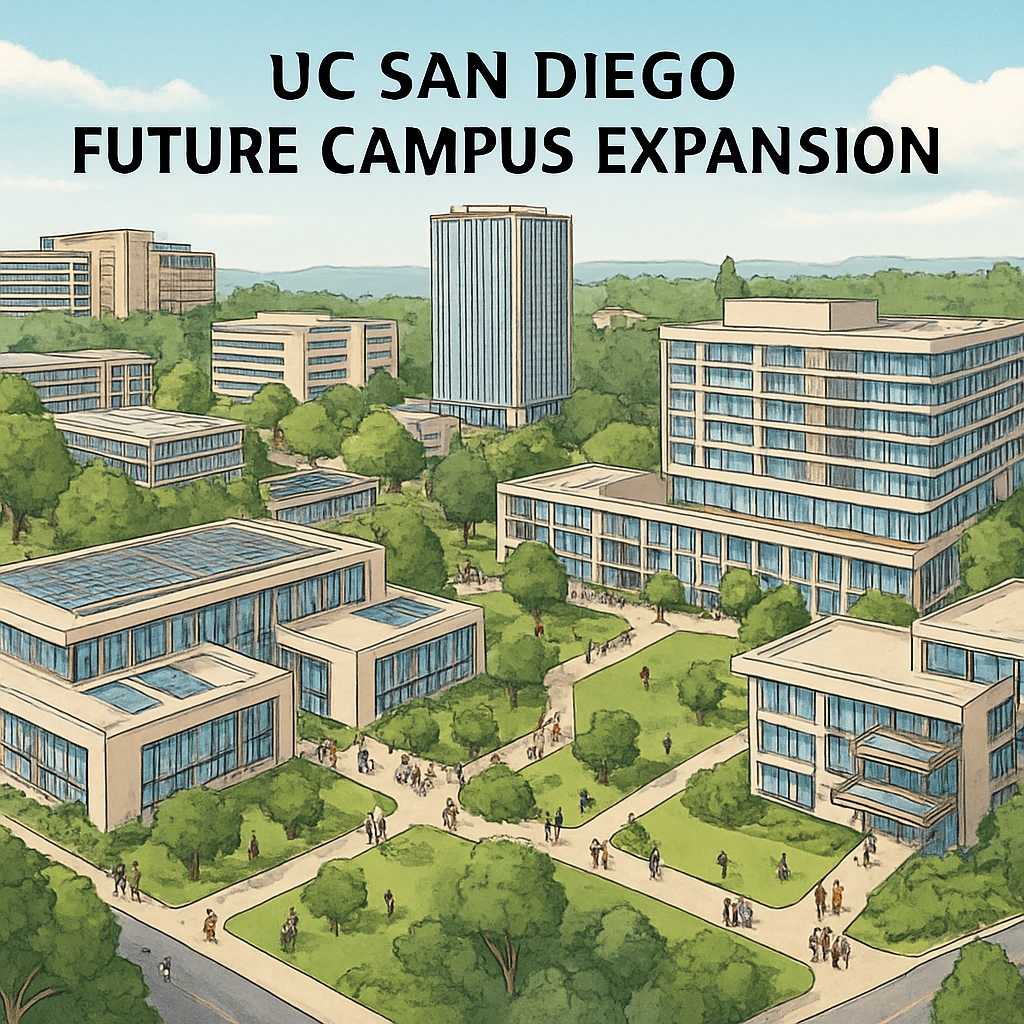UC San Diego’s ambitious enrollment expansion plan, which aims to transform the university into one of the largest institutions on the West Coast by 2040, has sparked significant conversations across the education landscape. This monumental growth, designed to accommodate California’s rising demand for higher education, is not just about increasing student numbers. It also raises critical questions about how the K12 education system can adapt to prepare future students for this evolving academic environment. The implications of this expansion ripple far beyond the university itself, impacting students, families, and educators at all levels.
Preparing for Enrollment Growth: What Does It Mean for K12?
As UC San Diego plans to significantly increase its student population, K12 educators must consider how to equip students with the skills and knowledge required to succeed in a more competitive and resource-intensive higher education system. The university’s expansion, part of a broader trend among California’s public universities, underscores the growing pressure on high schools to ensure college readiness. According to Wikipedia’s definition of college readiness, this involves not only academic preparedness but also social and emotional skills necessary for navigating university life.
The challenge lies in bridging existing gaps in access to quality education. For example:
- How can underfunded schools provide advanced placement (AP) courses to prepare students for UC San Diego’s rigorous programs?
- What resources are needed to improve STEM (Science, Technology, Engineering, and Mathematics) education, a critical focus for UC San Diego?
- How can educators address disparities in college counseling and application support across socioeconomic groups?
These questions highlight the need for collaboration between K12 institutions, policymakers, and universities to create a seamless education pipeline.

Higher Education Meets Infrastructure: The UC San Diego Expansion Plan
The enrollment expansion plan at UC San Diego is not merely an academic endeavor; it also involves substantial investments in infrastructure and resources. By 2040, the university aims to accommodate tens of thousands of additional students, necessitating new dormitories, classrooms, research facilities, and support services. This growth will undoubtedly transform the university’s physical campus, but it also sets a precedent for other institutions across the state.
For K12 schools, this development serves as a wake-up call. High schools may need to re-evaluate their curricula, introducing advanced courses or programs that align with UC San Diego’s academic priorities. Additionally, partnerships between UC San Diego and local high schools could play a pivotal role in addressing gaps. For example, creating summer programs or mentorship initiatives could help students gain early exposure to university-level expectations.

Furthermore, the university’s expansion aligns with California’s broader demographic trends. With a growing population and a diverse student body, UC San Diego’s initiatives reflect the state’s commitment to inclusivity and opportunity. However, K12 systems must address challenges such as teacher shortages, limited funding, and unequal access to resources to ensure that all students can benefit from this growth.
Looking Ahead: Opportunities for Collaboration
As UC San Diego continues to grow, the ripple effects on K12 education could lead to innovative solutions and collaborations. Some potential opportunities include:
- Dual Enrollment Programs: High school students could take university-level courses at UC San Diego, earning credits while still in K12.
- Teacher Training Initiatives: UC San Diego could partner with local schools to provide professional development programs for teachers, especially in STEM fields.
- Community Outreach: Expanding outreach programs to underrepresented communities can help bridge gaps in college readiness.
These initiatives would not only prepare students for higher education but also strengthen the overall education ecosystem in California. The key lies in fostering communication and collaboration between universities, school districts, and state education agencies.
In Conclusion: UC San Diego’s enrollment expansion plan highlights the interconnectedness of the education system. While the university takes bold steps toward growth, K12 educators and policymakers must also adapt to ensure that students are prepared for the challenges and opportunities of a rapidly changing academic environment. As a result, this expansion could serve as a catalyst for much-needed reforms in K12 education, ultimately benefiting students across all grade levels.
Readability guidance: This article uses short paragraphs and clear transitions to enhance readability. Lists are employed to summarize key points, while overuse of technical jargon is avoided to maintain accessibility for a broad audience.


